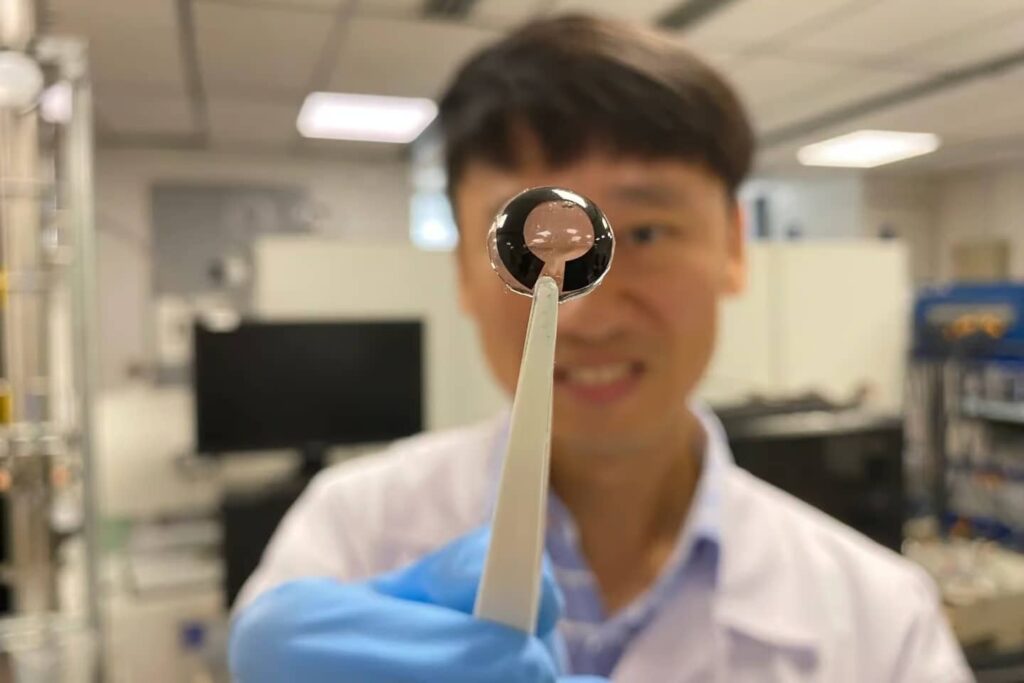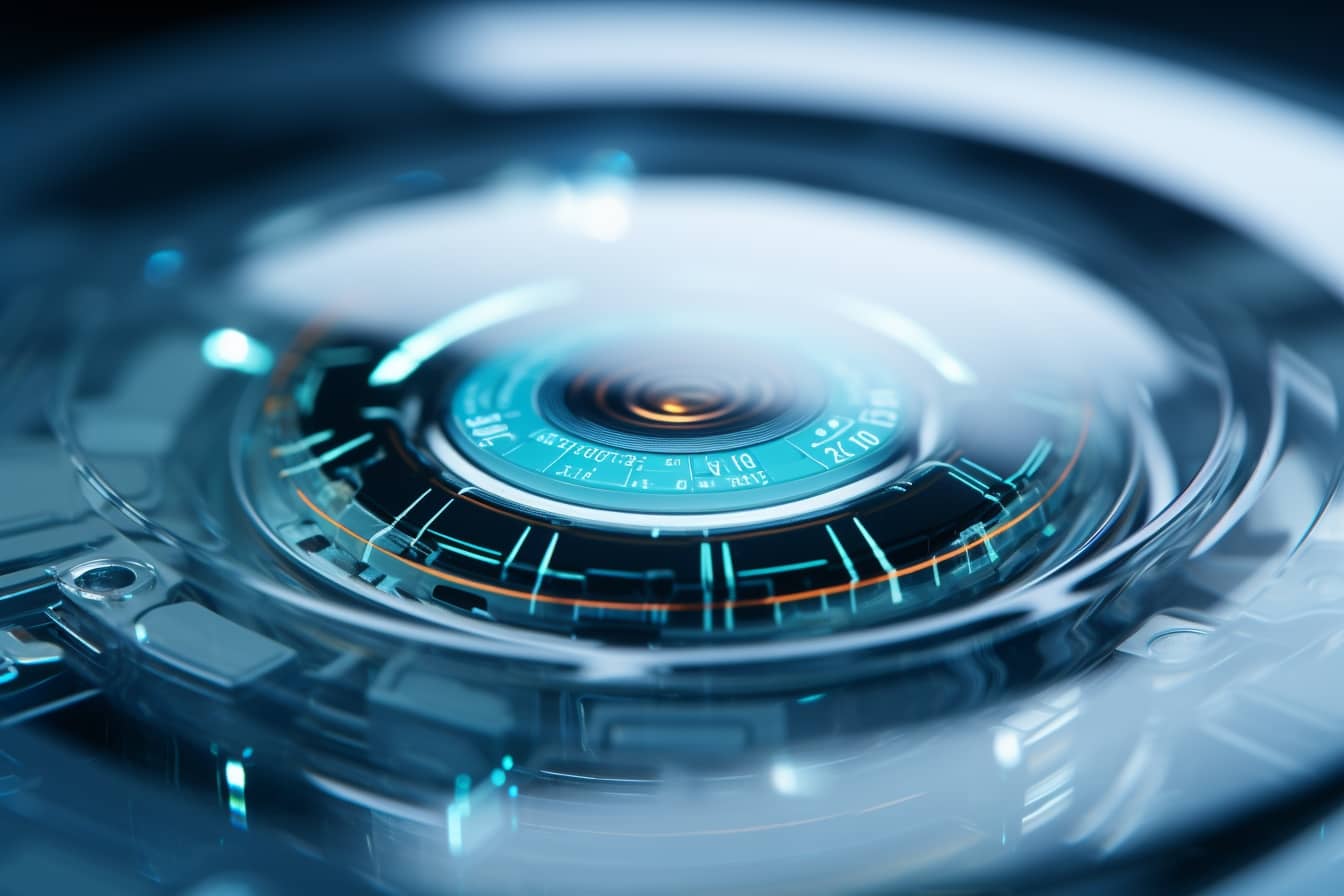In times that herald the increasingly intimate "convergence" of technology with our body, even tears could become a vehicle of energy: for example, to power the contact lenses of the future.
Imagine being able to see through smart contact lenses, capable of monitoring your health or projecting images of augmented reality, all thanks to the power of tear fluid.
The challenge of smart contact lenses
Contact lenses have been a simple tool for correcting vision for years, but like so many things in the 21st century, they too are becoming "smart." We have seen electronic lenses developed to diagnose diseases, administer drugs to the eyes and even project augmented reality images directly into our vision. There's just one small problem (so to speak): how to feed these wonders safely and discreetly?
The problem of traditional batteries
According to the team of Nanyang Technological University led by the Assoc. Prof. Lee Seok Woo, most electronic contact lenses currently in development use power systems that are far from ideal. “The most common charging system for smart contact lenses requires metal electrodes in the lens, which are harmful when exposed to the human eye,” said Dr. Yun Jeonghun, co-first author of the study. And it doesn't stop there: Another power method, induction charging, requires a metal coil in the lens, similar to a wireless charging pad for smartphones.
The solution: 'electric' tears
This is where the brilliance of the Singapore team comes into play. They proposed a battery integrated into the lens, only 0,5 mm thick, which uses water and coating with an enzyme called glucose oxidase.
When this flat, flexible battery is immersed in the basal tear fluid that covers our eyes, the enzyme reacts with the sodium and chloride ions present, generating an electrical charge within the battery water.

Battery 'in tears', promising results
In laboratory tests on a simulated human eye, the battery demonstrated that it could produce a current of 45 microamperes and a maximum power of 201 microwatts.
Numbers that may not tell you much, but to put them into perspective: they would be enough to transmit data from a smart contact lens for at least 12 hours. Similar lithium batteries last between 300 and 500 cycles, for now this battery lasts up to 200 cycles.
A little advice for users
While the user's tears, sorry: tear fluid, can keep the lens functioning during the day, researchers suggest soaking it in a saline solution overnight, thus ensuring a full charge every morning.
The research was published in the journal nano-energy, and I'll link it here.
Older research on the same topics
- Smart contact lenses for biosensing applications
- Year: 2021
- Summary: Smart contact lenses have multifunctional biosensing capabilities and can measure lactic acid, glucose, intraocular pressure and other key metabolites in tears making them promising devices for the diagnosis and treatment of ocular diseases and drug delivery. (By: Xin Ma, S. Ahadian, Song Liu and others, published in “Advanced Intelligent Systems”).
- Link to the paper
- Soft contact lenses with wireless circuits, glucose sensors and displays
- Year: 2018
- Summary: The resulting smart contact lens provides real-time and wireless operation, and there are in vivo tests to monitor the glucose concentration in tears (suitable for determining the fasting glucose level in the tears of diabetic patients) and, simultaneously, provide detection results through the contact lens display. (Made by: Jihun Park, Joohee Kim, So-Yun Kim and others. Published on “Science Advances”).
- Link to the paper
- Tear-based water batteries for smart contact lenses
- Year: 2021
- Summary: This work could eventually enable safe power for smart contact lenses without risk of injury from battery loss or rupture. The research was conducted by Jeonghun Yun, Yongpeng Zeng, Moobum Kim and others, and published in the journal “Nano letters”.
- Link to the paper


